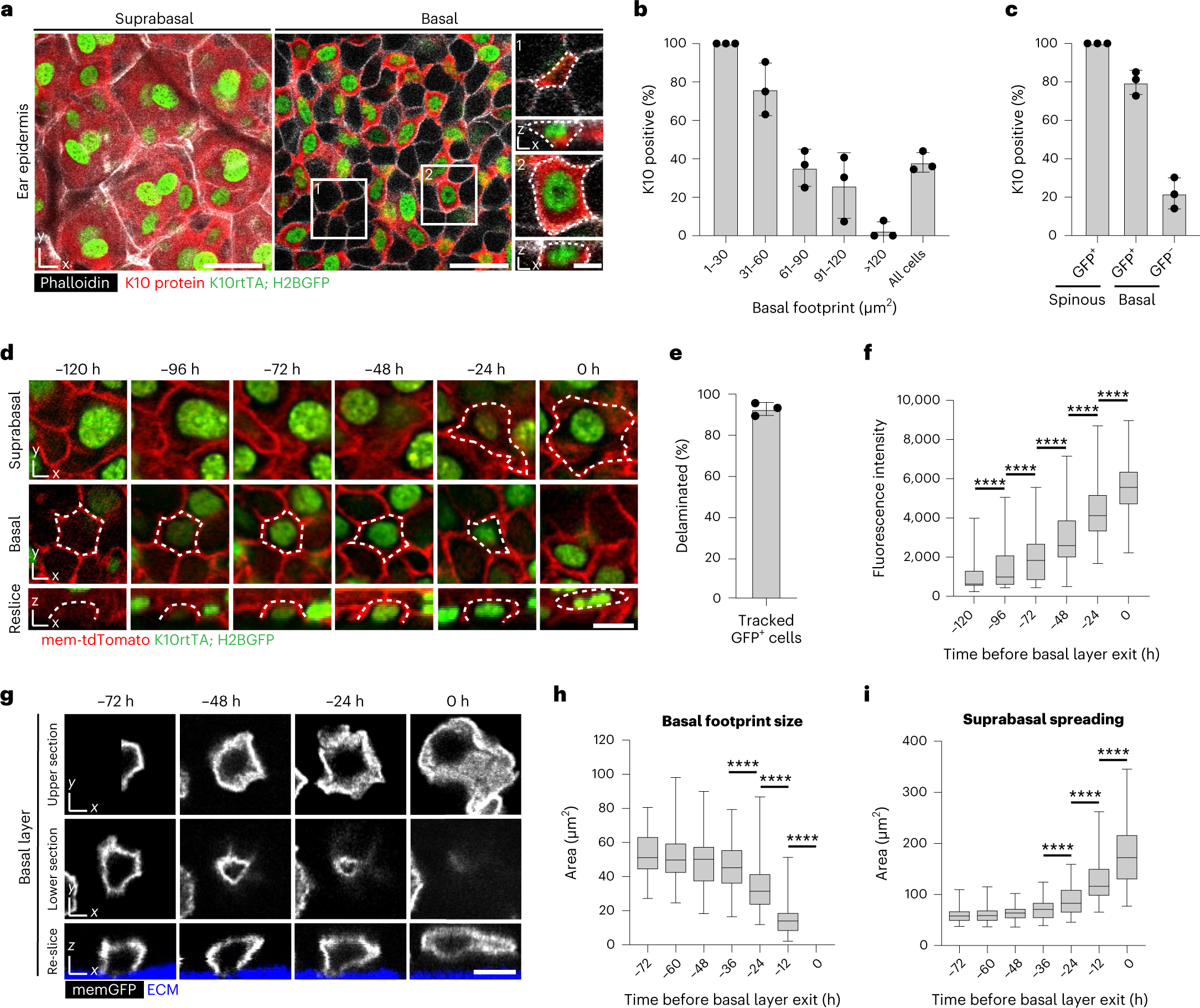
Gradual differentiation uncoupled from cell cycle exit generates heterogeneity in the epidermal stem cell layer | Nature Cell Biology

Promise and Perspective of Nanomaterials in Antisenescence Tissue Engineering Applications | ACS Biomaterials Science & Engineering
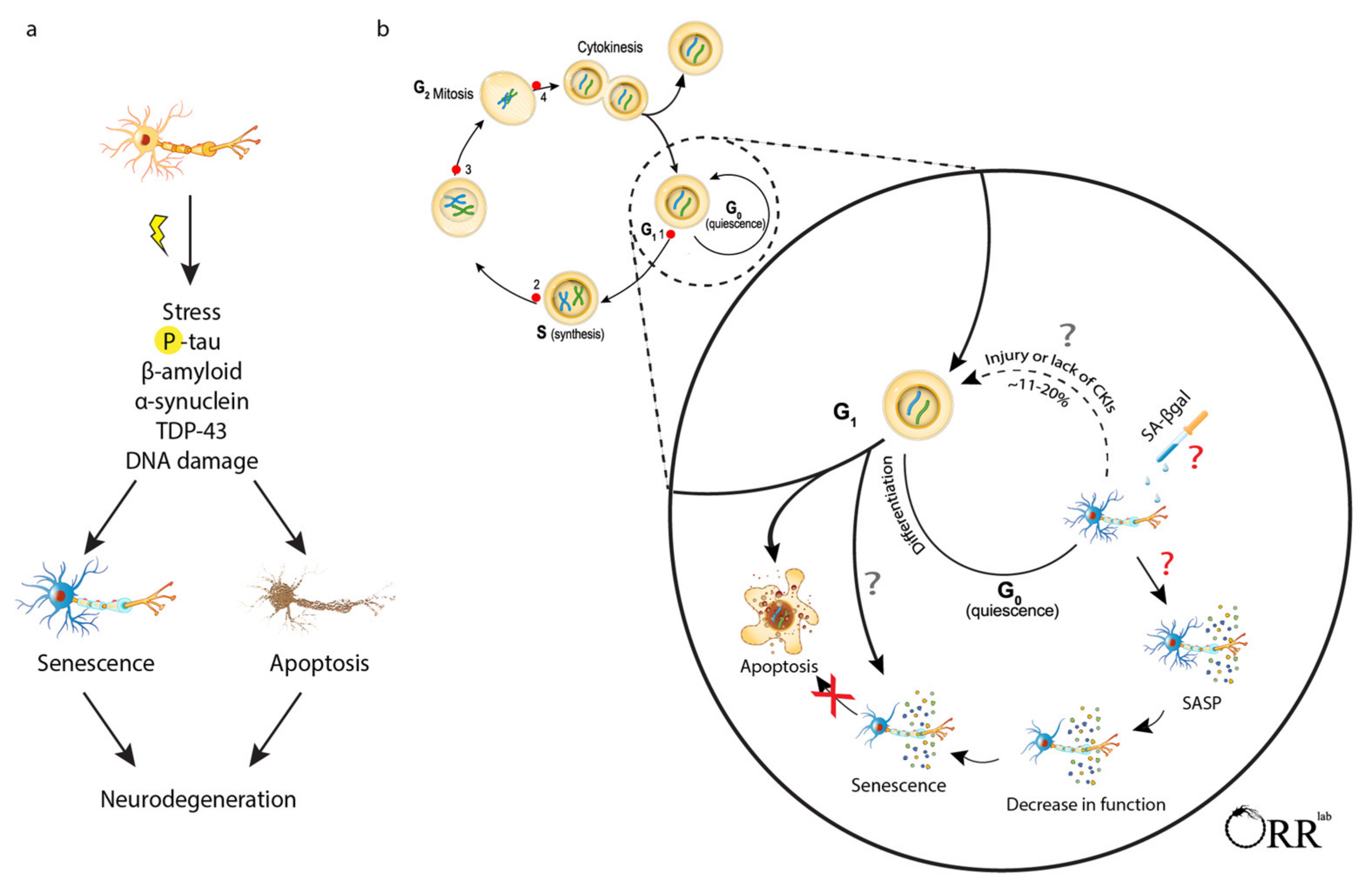
Life | Free Full-Text | The Cellular Senescence Stress Response in Post-Mitotic Brain Cells: Cell Survival at the Expense of Tissue Degeneration
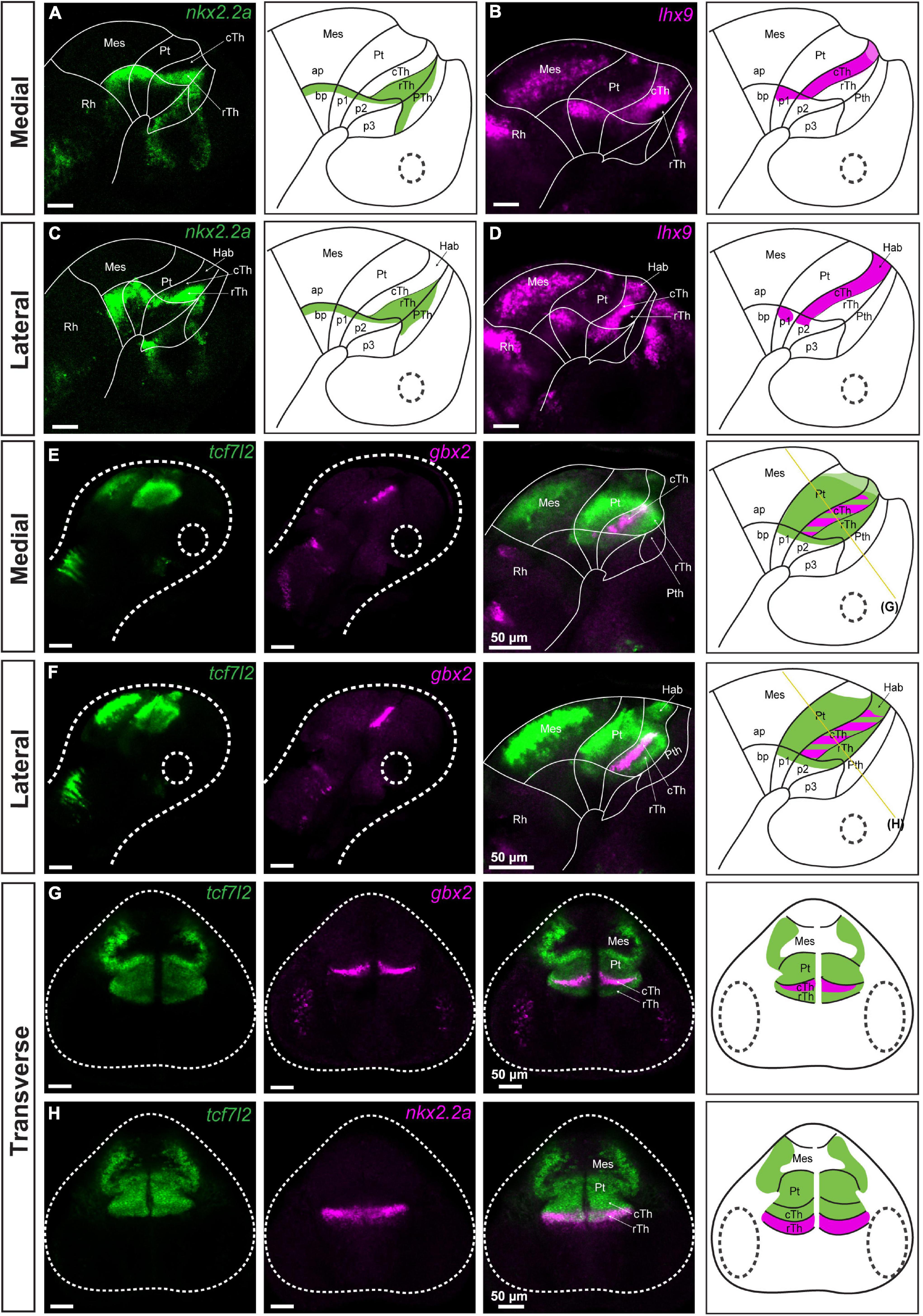
Frontiers | Genoarchitecture of the Early Postmitotic Pretectum and the Role of Wnt Signaling in Shaping Pretectal Neurochemical Anatomy in Zebrafish

Different markers of neuronal development in mitotic and postmitotic... | Download Scientific Diagram

Increased post-mitotic senescence in aged human neurons is a pathological feature of Alzheimer's disease - ScienceDirect

Ciliated, Mitochondria-Rich Postmitotic Cells are Immune-privileged, and Mimic Immunosuppressive Microenvironment of Tumor-Initiating Stem Cells: From Molecular Anatomy to Molecular Pathway

Postmitotic accumulation of histone variant H3.3 in new cortical neurons establishes neuronal chromatin, transcriptome, and identity | PNAS

Tissue repair through cell competition and compensatory cellular hypertrophy in postmitotic epithelia. | Semantic Scholar
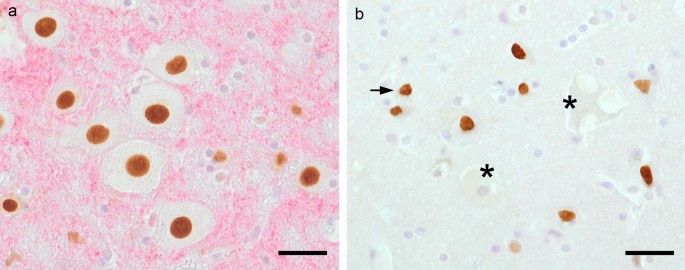
Evidence of cell cycle re-entry in post-mitotic, terminally differentiated feline neurons | Histochemistry and Cell Biology
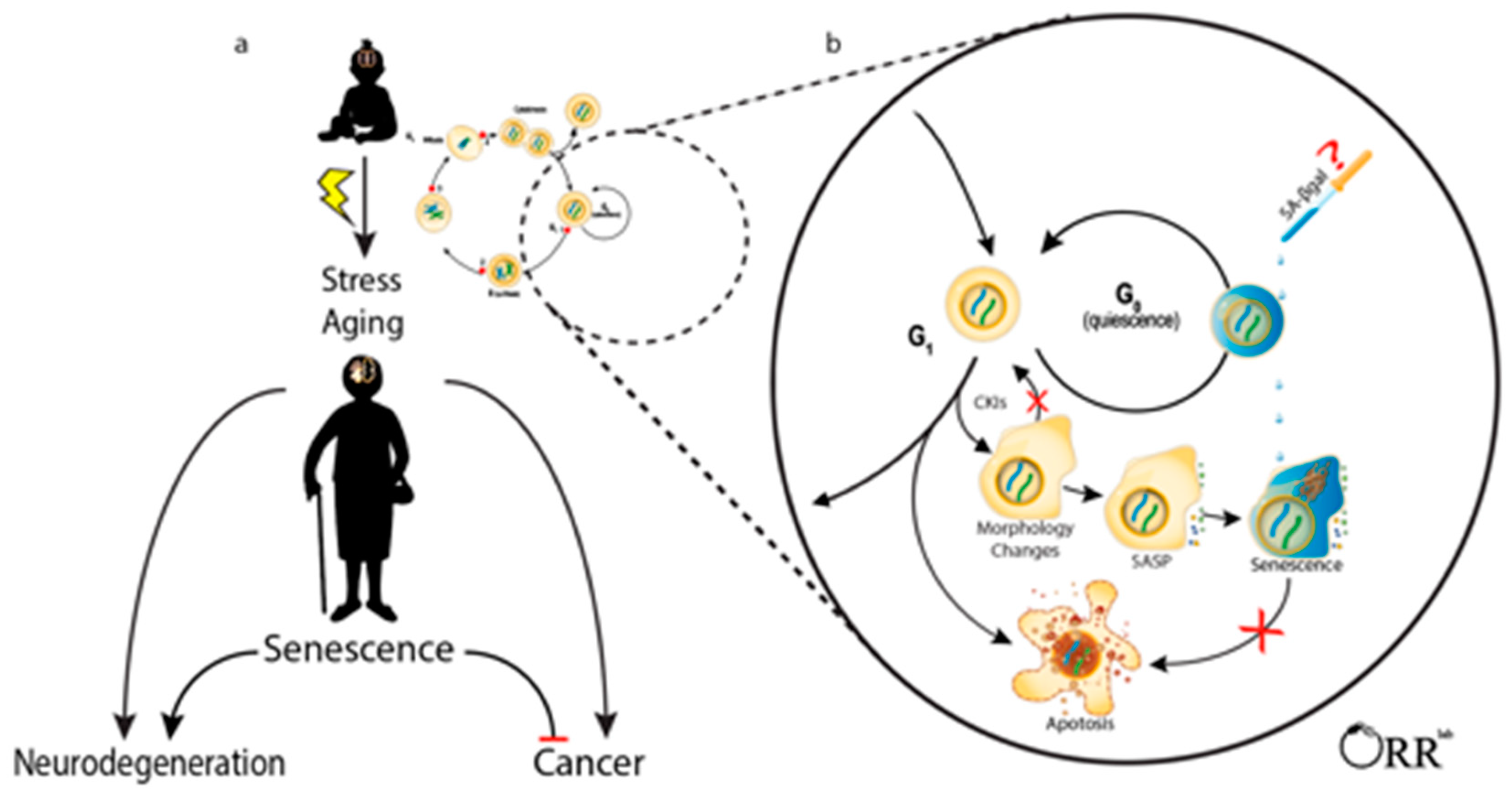
Life | Free Full-Text | Evidence of the Cellular Senescence Stress Response in Mitotically Active Brain Cells—Implications for Cancer and Neurodegeneration

Increased post-mitotic senescence in aged human neurons is a pathological feature of Alzheimer's disease - ScienceDirect
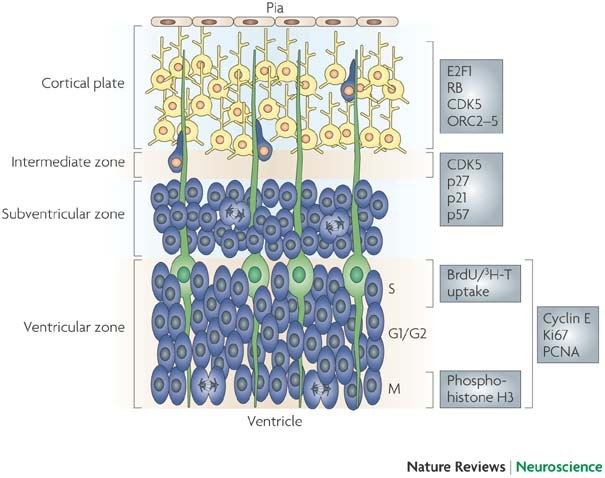
Cell cycle regulation in the postmitotic neuron: oxymoron or new biology? | Nature Reviews Neuroscience

Small-molecule inhibition of Lats kinases may promote Yap-dependent proliferation in postmitotic mammalian tissues | Nature Communications
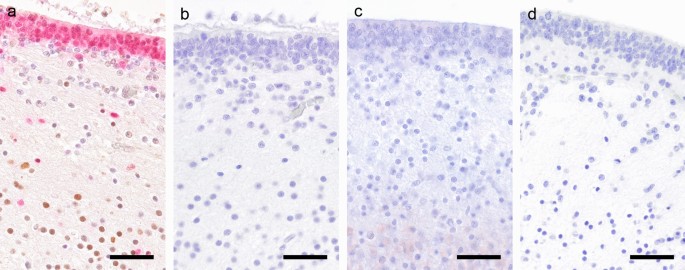
Evidence of cell cycle re-entry in post-mitotic, terminally differentiated feline neurons | Histochemistry and Cell Biology

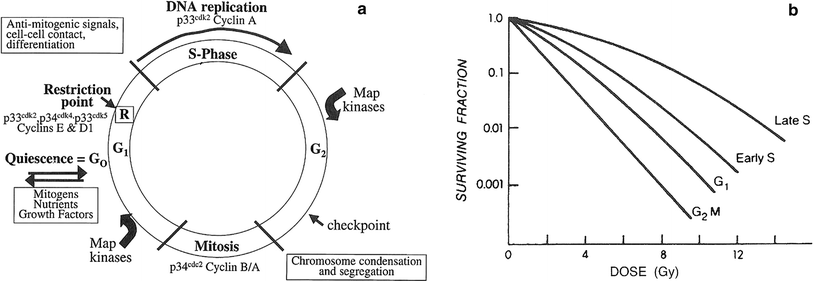




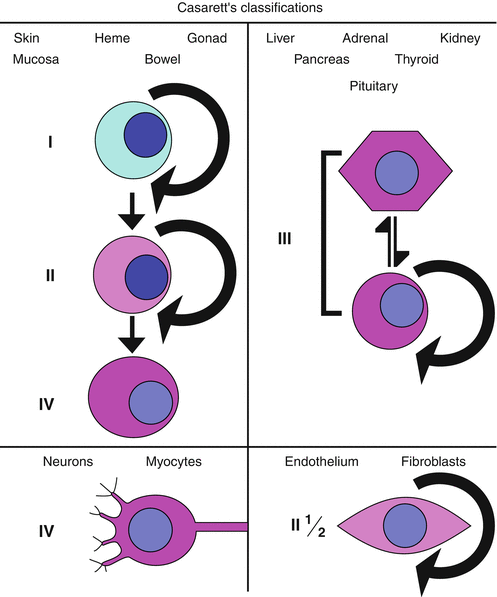



![PDF] Cell Cycle Proteins as Key Regulators of Postmitotic Cell Death | Semantic Scholar PDF] Cell Cycle Proteins as Key Regulators of Postmitotic Cell Death | Semantic Scholar](https://d3i71xaburhd42.cloudfront.net/e79e1f1a5a8ad35a57590a1574b5c05a0375a107/2-Figure1-1.png)
